Ive been looking for information on constant power, constant current and constant impedance/resistance loads, there's some information about the constant current loads, but very little that really explain constant power and constant impedance.
So please correct me if im wrong as ill try to define what I understand about this subject:
A constant current load is the one which varies its internal resistance to achieve a constant current regardless of the voltage which is being fed to it (within certain extent) and therefore the power will vary.
Im assuming a constant power load, also varies its resistance so the power (or voltage and current product) is always the same, regardless of the voltage or current that is being drawn.
And what about constant impedance/resistance loads? does it mean that both voltage, current will vary and therefore power will vary too? yet impedance or resistance will remain the same?
And if we are talking AC, im also assumming this valid for all frequencies in a certain range.
Now, on a more conventional scenario, when we are talking about regular every day loads, say a power supply inside a computer feeding the motherboard and peripherals, or a linear power supply inside a stereo feeding the inside components. Are we talking about a varying current, power and impedance loads?
How can it be determined if a load is constant current, power or impedance?
Thank you very much!

